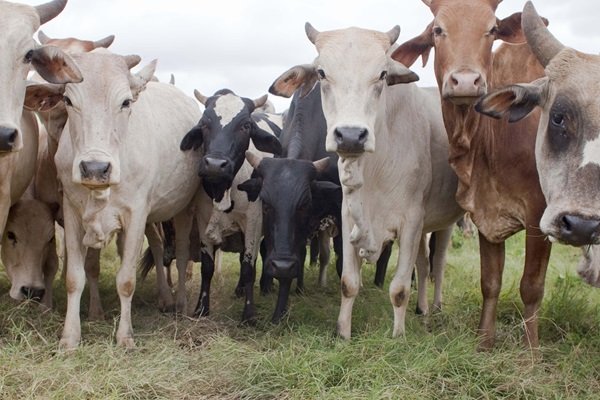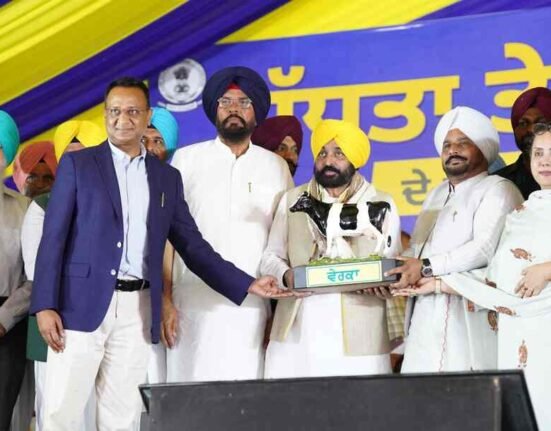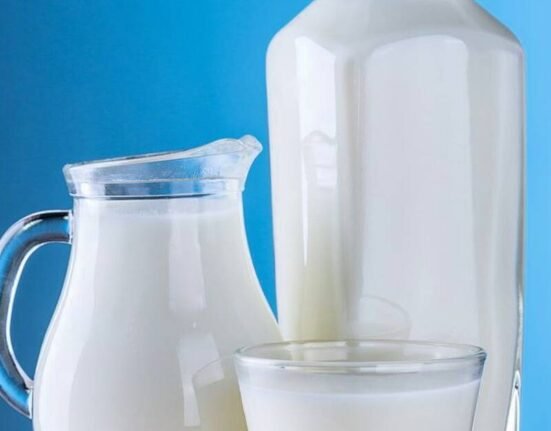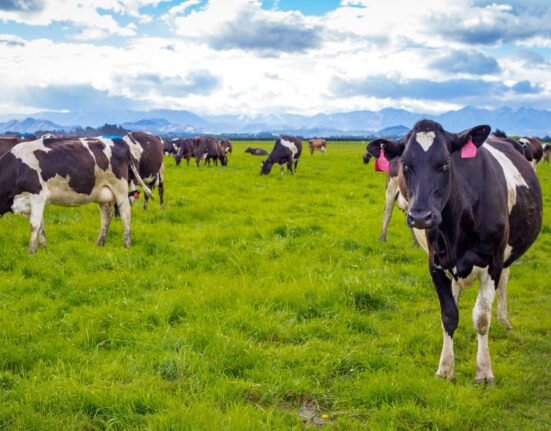India’s livestock sector has emerged as a key pillar of the national economy, recording a compounded annual growth rate (CAGR) of 12.77 percent in recent years. Contributing 31 per cent to the agricultural Gross Value Added (GVA) and 5.5 per cent to the national economy, the sector highlights its crucial role in ensuring both economic stability and nutritional security.
Union Minister of Fisheries, Animal Husbandry and Dairying, Rajiv Ranjan Singh, emphasised this progress while addressing the 2nd Global Conference on Sustainable Livestock Transformation organised by the Food and Agriculture Organisation (FAO) in Rome.
Global Leadership in Dairy and Livestock
Singh highlighted that India is now the largest producer of milk, accounting for nearly 25 percent of global output, with an annual production of 239 million tonnes. Beyond dairy, India is the second-largest producer of eggs and a leading exporter of buffalo meat, reaffirming the country’s strong presence in global food systems.
Representing India as the First Vice Chair of the FAO Sub-Committee on Livestock, Singh positioned the country as both a leader and a collaborator in shaping sustainable livestock strategies.
Farmer-Centric Growth and Social Impact
Underlining the people-first approach, Singh credited India’s livestock expansion to farmer-centric initiatives, welfare measures, and the resilience of smallholder farmers, including millions of women engaged in animal husbandry.
He also pointed out that post-COVID welfare measures have helped 269 million people exit extreme poverty, reducing poverty levels from 27.1 percent to 5.3 percent, according to the 2025 World Bank Report.
Singh reaffirmed India’s 80-year partnership with FAO, noting that the country is committed to sharing scalable innovations with the Global South to promote inclusive and sustainable livestock transformation worldwide.







